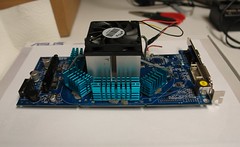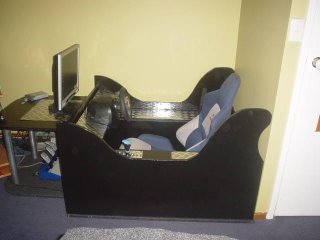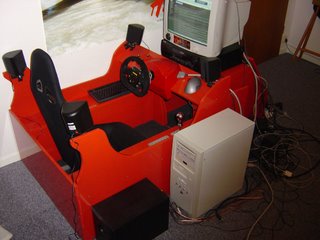
So I have decided to jump back into Linux, with the intention of really only messing around a bit, and seeing how some things have come along in the many years since I used it exclusively. Ubuntu has changed all my "intentions".
I intended to partition my laptop out so that I could dual boot from there, play around, and be back into Windows when I inevitably get frustrated trying to make things work that just don't want to play nice in Linux. So I went ahead, reformatted, partitioned out a small section of my drive for Linux, and installed Windows on the rest. I then proceeded to decide what distribution of Linux to use, and ultimately decided on Ubuntu 6.06 (Dapper Drake).
After going through the VERY nice install procedure for Ubuntu, I prepared my self for the inevitable, at least a couple hours trying to get sound to work, or WiFi to work, or networking, or video, like I almost allays had to do in the past with Linux.
To my complete surprise, I heard the Ubuntu start up sound. "Well that's a good sign", I thought to myself. I then started thinking about how much of a pain it was going to be to get Linux drivers for my IBM Internal WiFi card. Only to look up by my clock and see that Ubuntu apparently has already jumped online through my WiFi and found 3 system updates ready for download. WHOA! Not only did it get my card configured, and working properly, without any input from me, but it also has an automatic update feature! Awesome.
So far so good with Ubuntu. Seems to be a very refined Linux desktop. It is clear that they are trying to bring Linux to the masses, and are doing a great job at it. There are still some things to learn with Linux if you are converting from Windows, with no Linux experience. But with Ubuntu, it takes care of all the pain in the ass things, and lets you learn the parts that are fun and interesting.
Expect to see more posts about Ubuntu in the near future!





